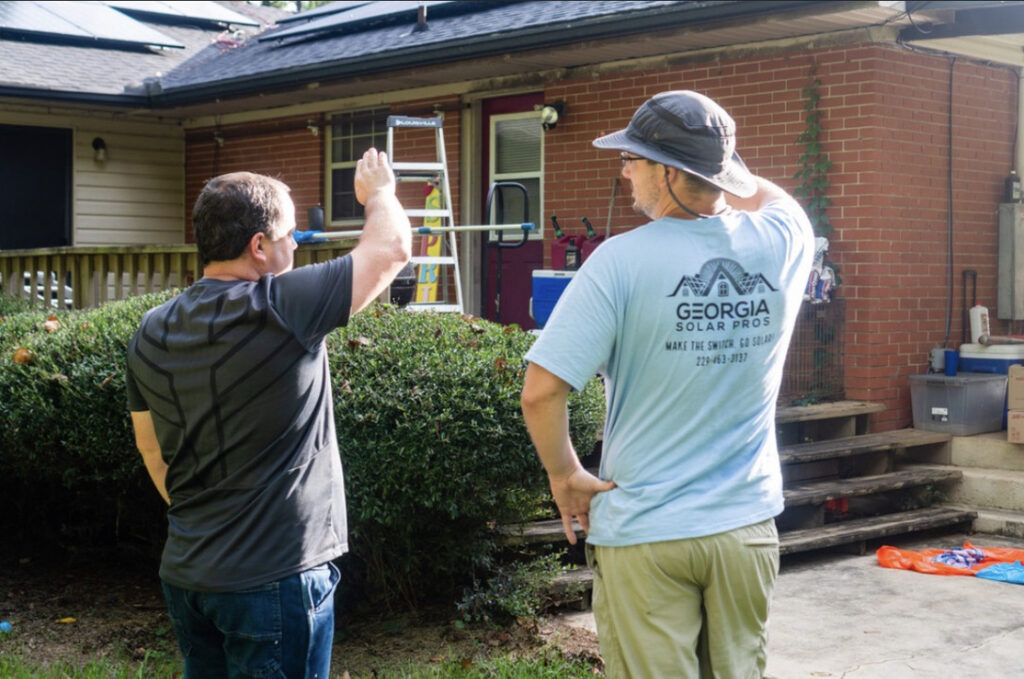Our Services
Our custom designed solar systems can be designed for your home or business. We design and install several types of solar panel systems, grid-tie, off-grid and hybrid systems.
Grid-tied solar systems connect your solar array directly to the utility power grid, offering a balance between cost-efficiency and energy sustainability. These systems convert sunlight into electricity that powers your home, while excess power is sent back to the grid, potentially earning credits through net metering. These systems are especially effective in regions with favorable net metering policies where the electricity generated can be sold back to the grid at the same rate it is bought, potentially leading to a net-zero electric bill. Even in regions without such policies, grid tied systems can still enable a home to achieve net-zero energy status by producing as much energy as it consumes annually.
Hybrid systems blend the advantages of grid-tied systems with the self-sufficiency of battery storage, ensuring energy availability during power outages and peak times. This setup not only facilitates energy independence but also allows homeowners to store excess solar power for use during the night or during peak demand periods when utility rates are highest, maximizing cost savings.
Off-grid systems are designed for total independence from the utility grid, suitable for remote locations or for users seeking complete autonomy over their power supply. These systems require a robust setup that includes not just solar panels, but also sufficient battery storage and often backup generators to ensure a continuous power supply. Off-grid living frees the homeowner from utility bills and grid dependability issues but requires careful planning to ensure that the system can handle all energy needs throughout the year, including during periods of low sunlight and high usage.
Service Areas
Georgia
[display-map id=’2070′]
Florida
[display-map id=’2073′]
Our Working Process
01.
Consultation
Once you submit a form or call us, we will reach out to learn more about your needs, go over financing and research your home.
02.
Proposal
After we take all the factors into consideration, we advise on the best option for you and make an offer.
03.
Installation
Upon approval, we get to work.
04.
Inspection
Our installation is done carefully and diligently. We audit all of work as we go to guarantee quality.

Here’s What Our Client Say About Us
“Jacob gave us the best price and system. Great crew, easy to talk to. Jacob took the time to explain it all to us. I highly recommend them!”
Jim I.
Customer
